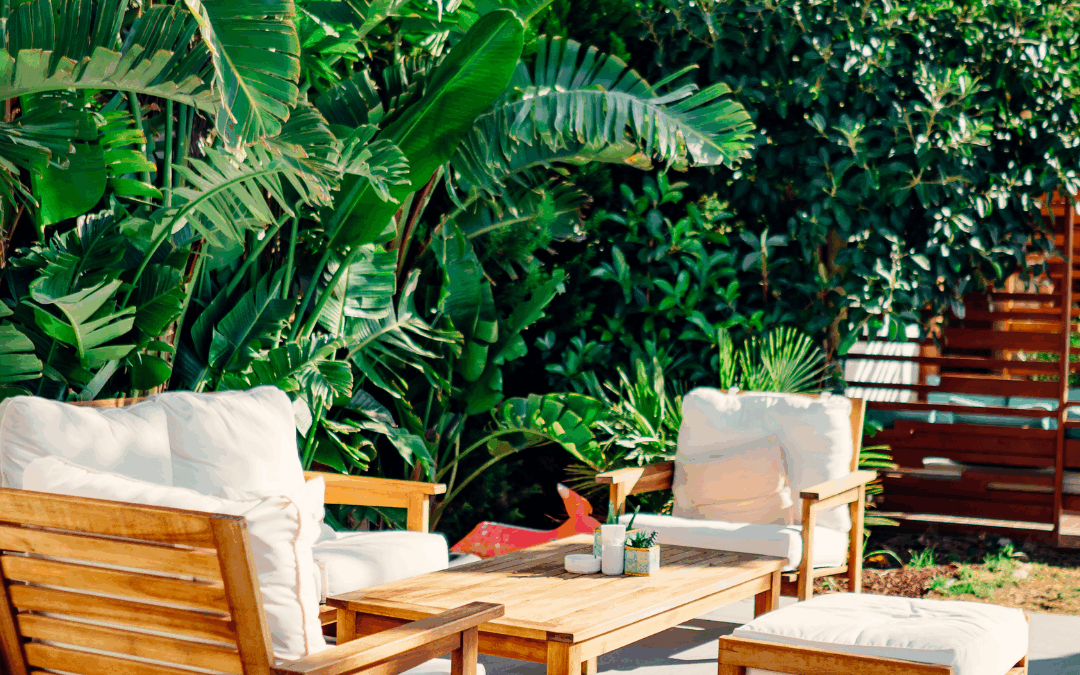As the warm weather rolls in, more people are spending time outdoors enjoying picnics, hikes, festivals, and family vacations. But for millions of Americans, summer also brings something much less enjoyable—outdoor allergies. Whether it’s pollen, grass or mold these allergens can turn sunny days into sneezing fits.
In this blog, we’ll explore the most common summer outdoor allergens, their symptoms, and what you can do to reduce your exposure and find long-lasting relief.
What Causes Outdoor Allergies in the Summer?
Outdoor allergies—also called seasonal allergic rhinitis or “hay fever”—occur when your immune system overreacts to allergens commonly found outside during warmer months. While spring is known for tree pollen, summer brings its own set of triggers, including:
1. Grass Pollen
Grasses are one of the most common summer allergy triggers. Bermuda, Timothy, Rye, and Kentucky Bluegrass release tiny pollen grains that float through the air, especially in the late spring and early summer months.
2. Weeds
Though more dominant in late summer and fall, weeds like ragweed can begin releasing pollen as early as July in some regions. Other common culprits include pigweed, mugwort, and nettle.
3. Outdoor Mold
Mold spores thrive in warm, humid environments. You can find them on decaying leaves, mulch, compost piles, and in damp grassy areas—making mold a hidden but powerful summer allergy trigger.
Common Symptoms of Summer Outdoor Allergies
Allergy symptoms can vary from person to person, but the most common include:
-
Sneezing
-
Runny or stuffy nose
-
Itchy, watery eyes
-
Postnasal drip
-
Coughing or throat irritation
-
Fatigue due to disrupted sleep
-
Wheezing or shortness of breath (especially in those with asthma)
If your symptoms flare up outdoors and improve when you’re inside with filtered air, it’s a good sign that summer allergens may be the culprit.
Tips to Manage Outdoor Allergies This Summer
While avoiding allergens entirely might be impossible, there are several effective strategies to reduce exposure and manage symptoms.
1. Check the Pollen Count
Many weather apps and websites include local pollen forecasts. Try to stay indoors during peak pollen hours—typically early morning and windy afternoons—and plan outdoor activities for times when pollen levels are lower.
2. Shower and Change Clothes After Being Outside
Pollen can stick to your skin, clothes, and hair. Rinse off and change into clean clothes when you come inside to prevent spreading allergens throughout your home.
3. Keep Windows Closed
As tempting as it is to let in the summer breeze, open windows can allow pollen and mold spores into your home and car. Use air conditioning with a clean HEPA filter instead.
4. Use Over-the-Counter Medications
Antihistamines, nasal sprays, and decongestants can help control allergy symptoms. However, long-term use should be supervised by a healthcare provider to avoid side effects or reduced effectiveness.
5. Wear Sunglasses and a Hat
Protecting your eyes and face from airborne pollen can reduce direct contact and irritation. Plus, you’ll look extra summery doing it!
6. Avoid Lawn Work
Mowing the lawn, raking leaves, or gardening can stir up pollen and mold. If possible, delegate these tasks or wear a pollen mask (N95 or similar) while working outside.
7. Consider Allergy Testing
If you’re not sure what’s triggering your symptoms, allergy testing can provide clear answers. Identifying your exact allergens allows for more personalized treatment.
When to See an Allergist
If you’ve tried over-the-counter medications and lifestyle changes but still struggle with symptoms, it may be time to see an allergist. Persistent allergies can interfere with sleep, productivity, and overall quality of life.
An allergy provider can help:
-
Pinpoint your exact allergy triggers
-
Offer personalized treatment plans
-
Prescribe stronger or targeted medications
-
Discuss options like allergy immunotherapy
At Premier Allergy, we specialize in helping patients manage outdoor allergies and get back to enjoying the summer. Our comprehensive testing and treatment plans are tailored to each individual for long-lasting relief.
What About Asthma and Outdoor Allergies?
People with asthma need to be especially cautious during allergy season. Pollen and mold can trigger asthma symptoms like wheezing, coughing, and shortness of breath. If you have asthma:
-
Always carry your rescue inhaler
-
Monitor air quality and avoid heavy outdoor activity on high-pollen days
-
Take preventive asthma medications as prescribed
-
Talk to your allergist about how to adjust your asthma action plan during allergy season
Outdoor Fun Without the Sniffles
You shouldn’t have to choose between fresh air and feeling your best. With the right strategies and care, you can reduce your exposure to allergens and enjoy the sunny days ahead.
From diagnosing your specific triggers to offering advanced treatments like immunotherapy, Premier Allergy is here to help you take control of your symptoms this summer and beyond.





